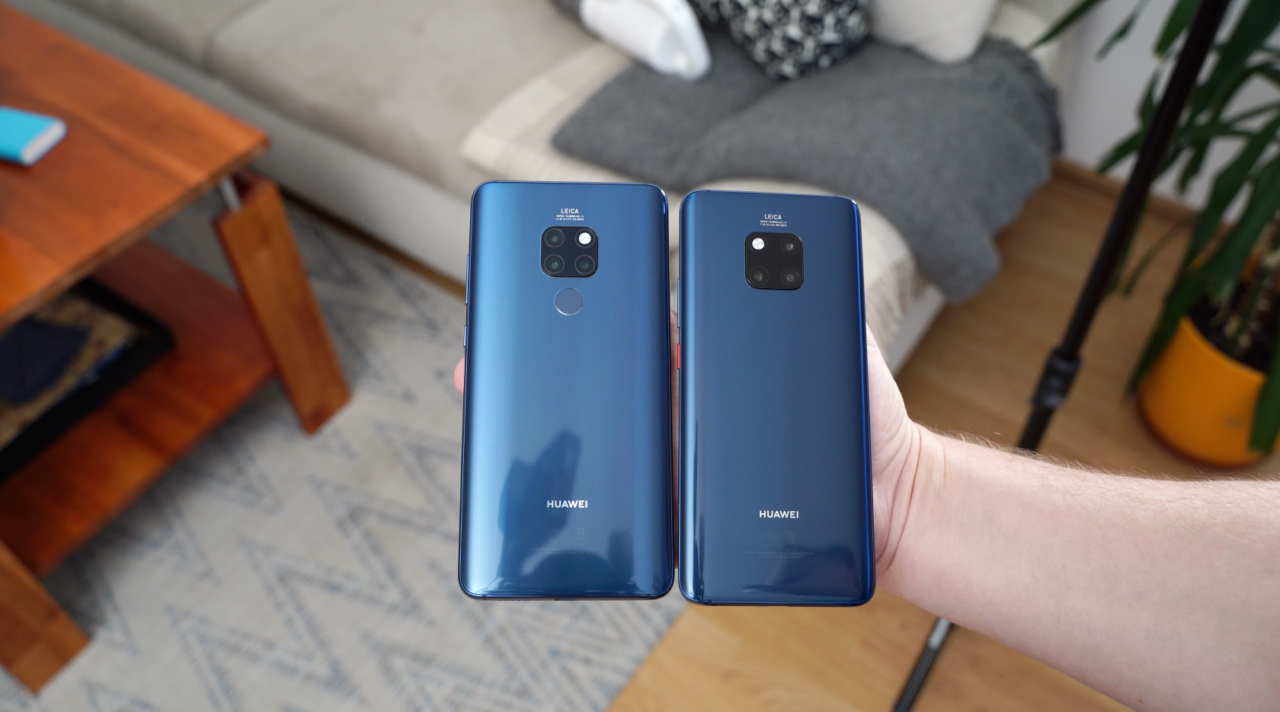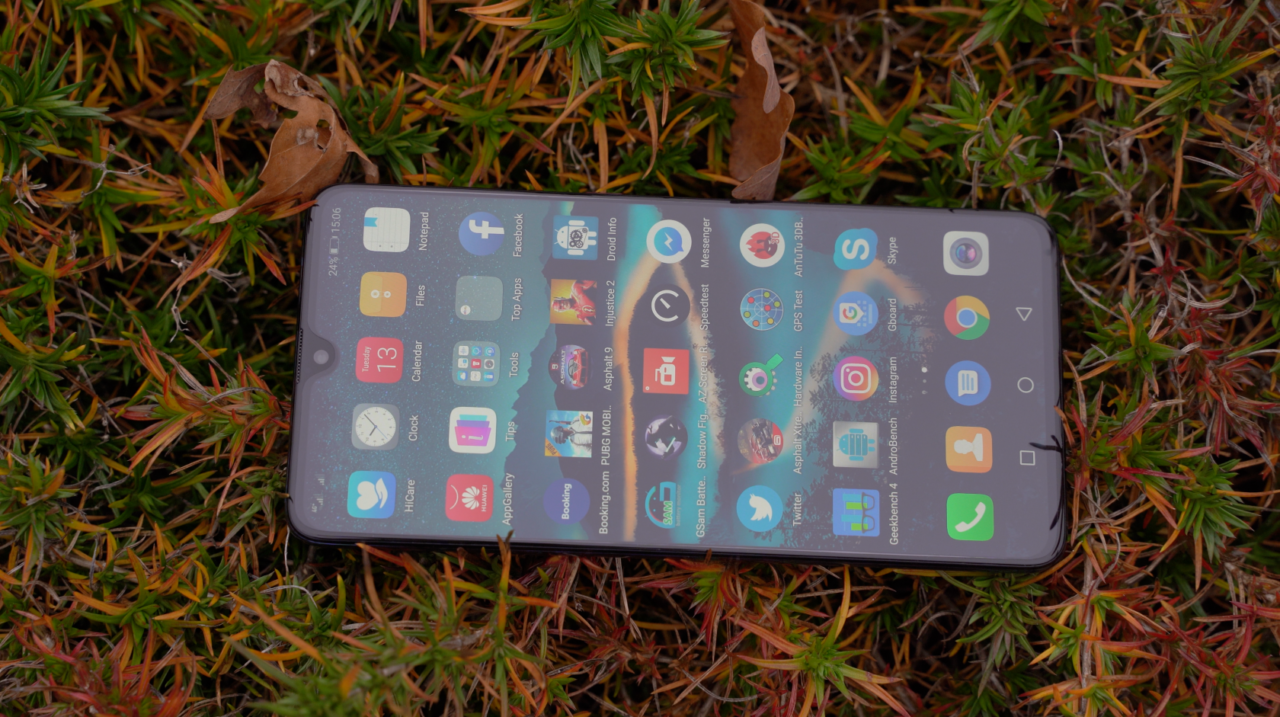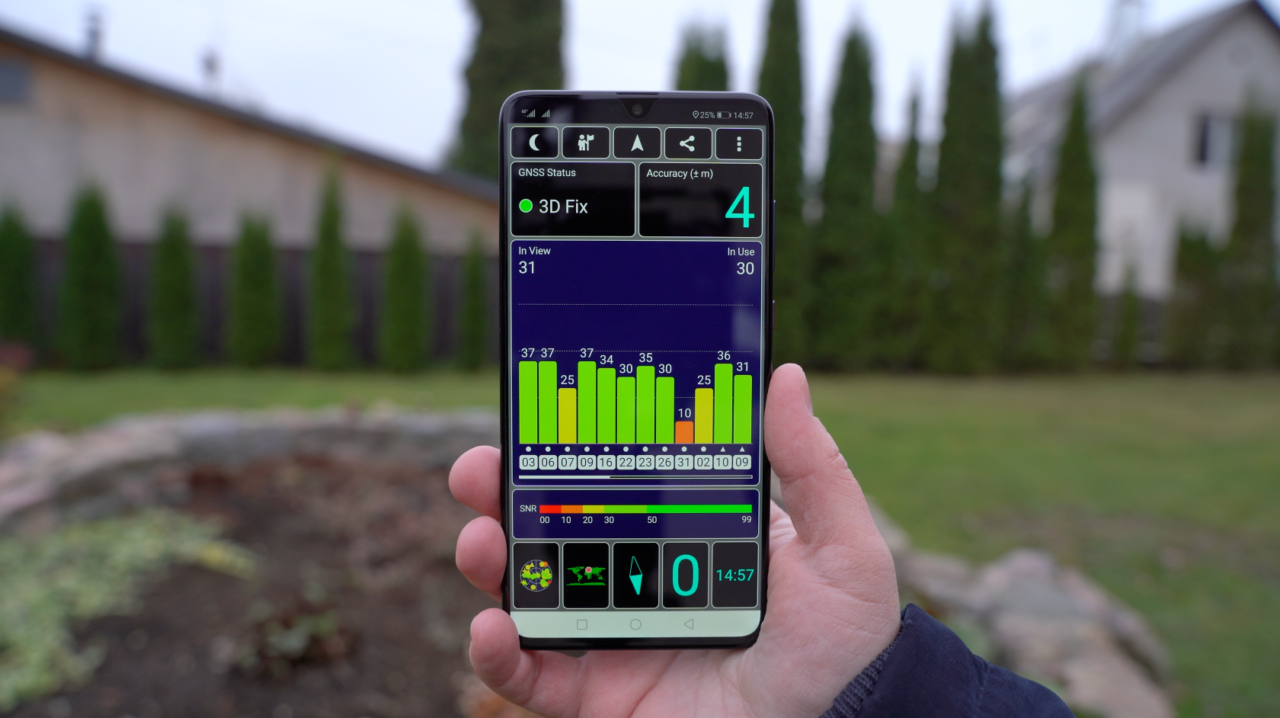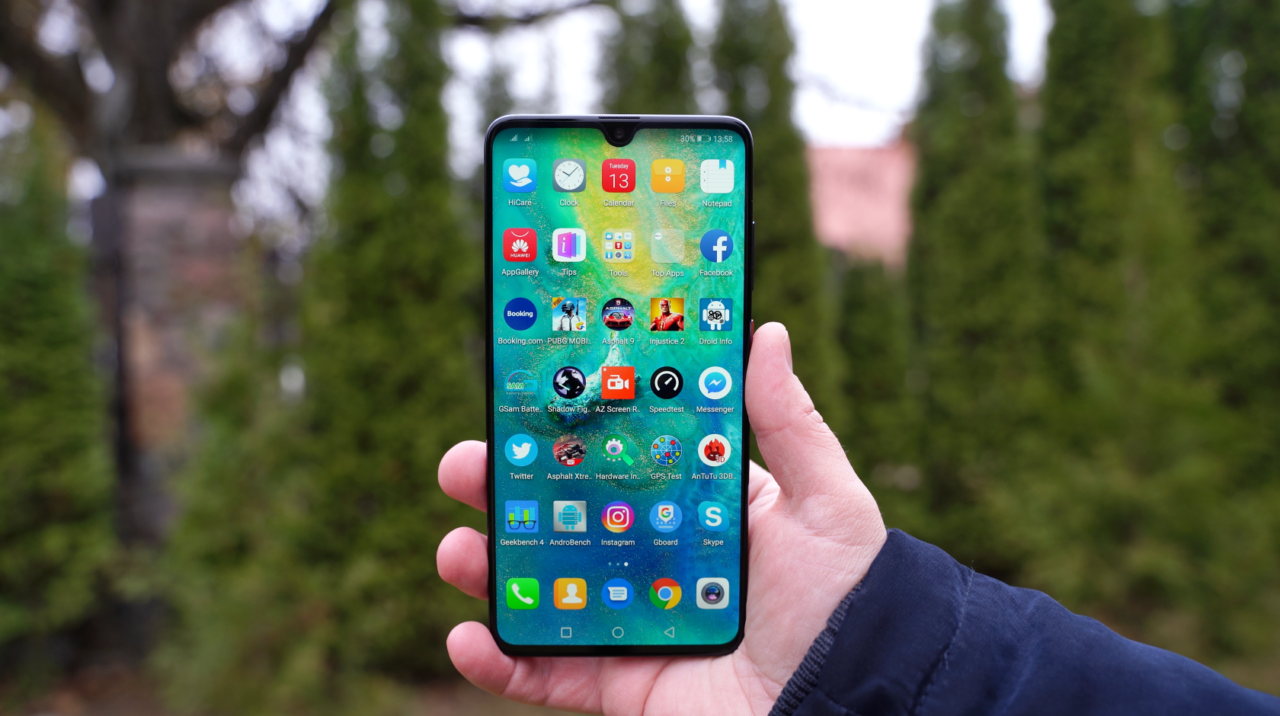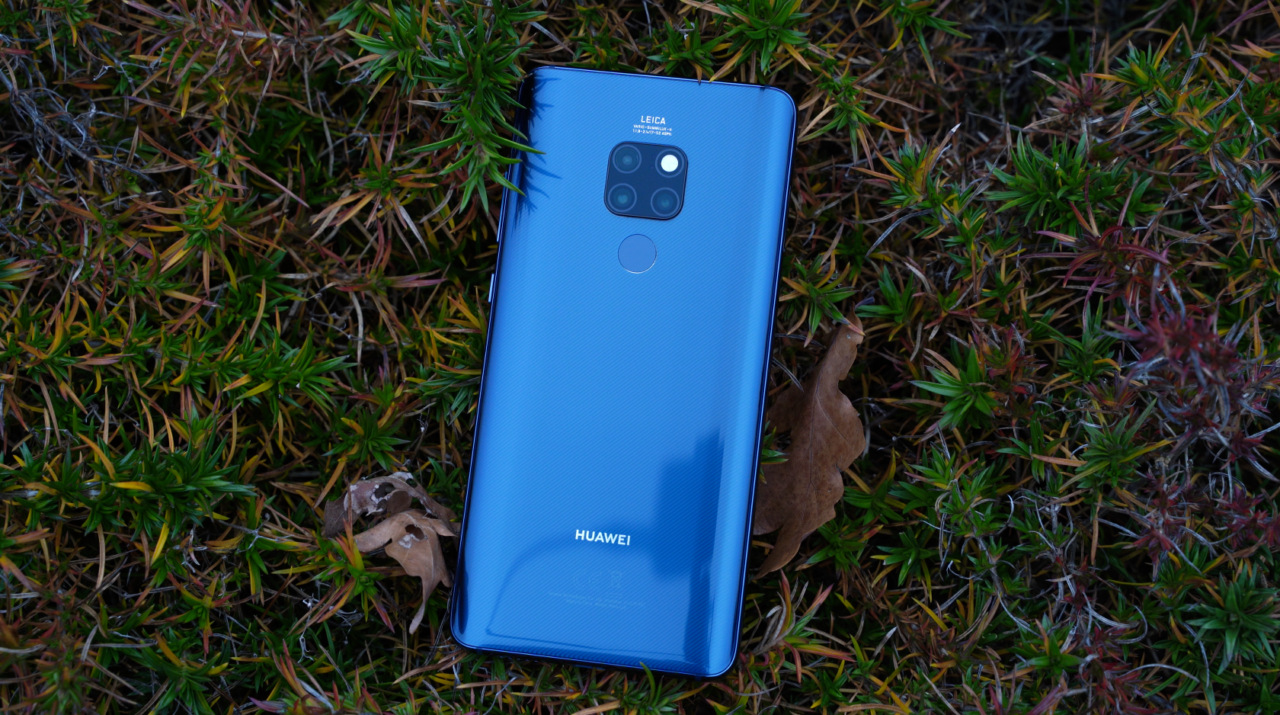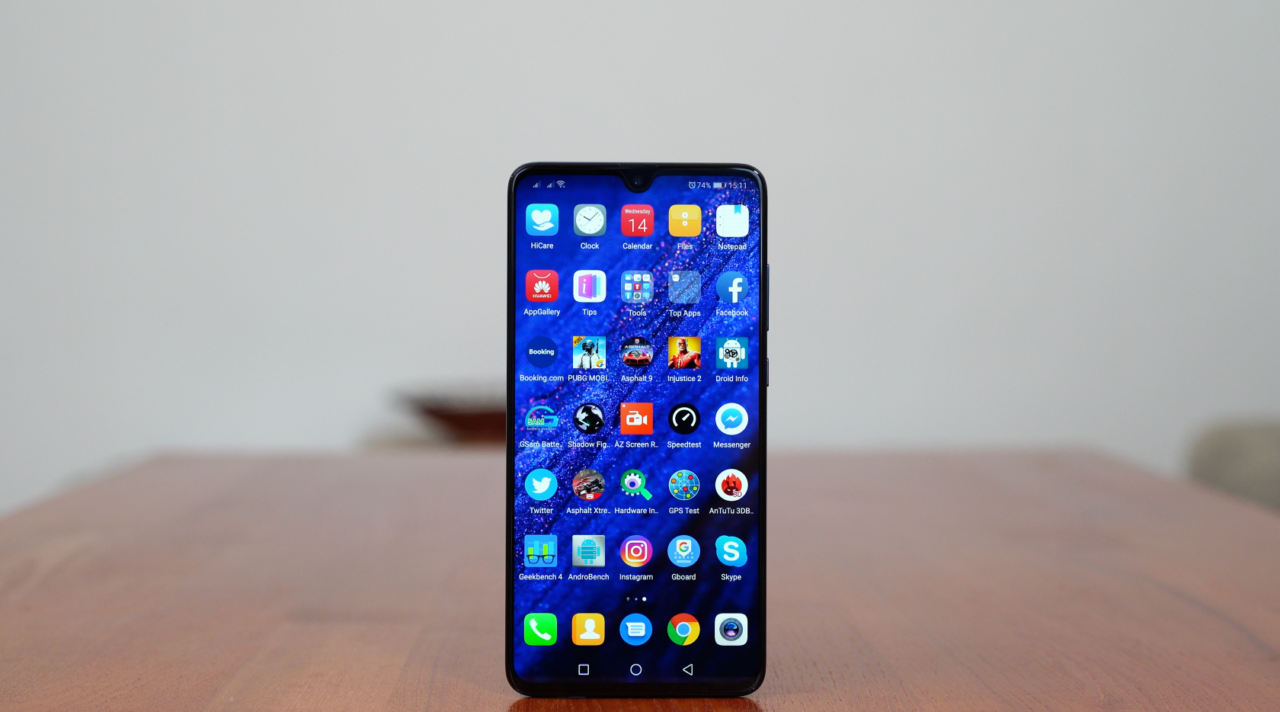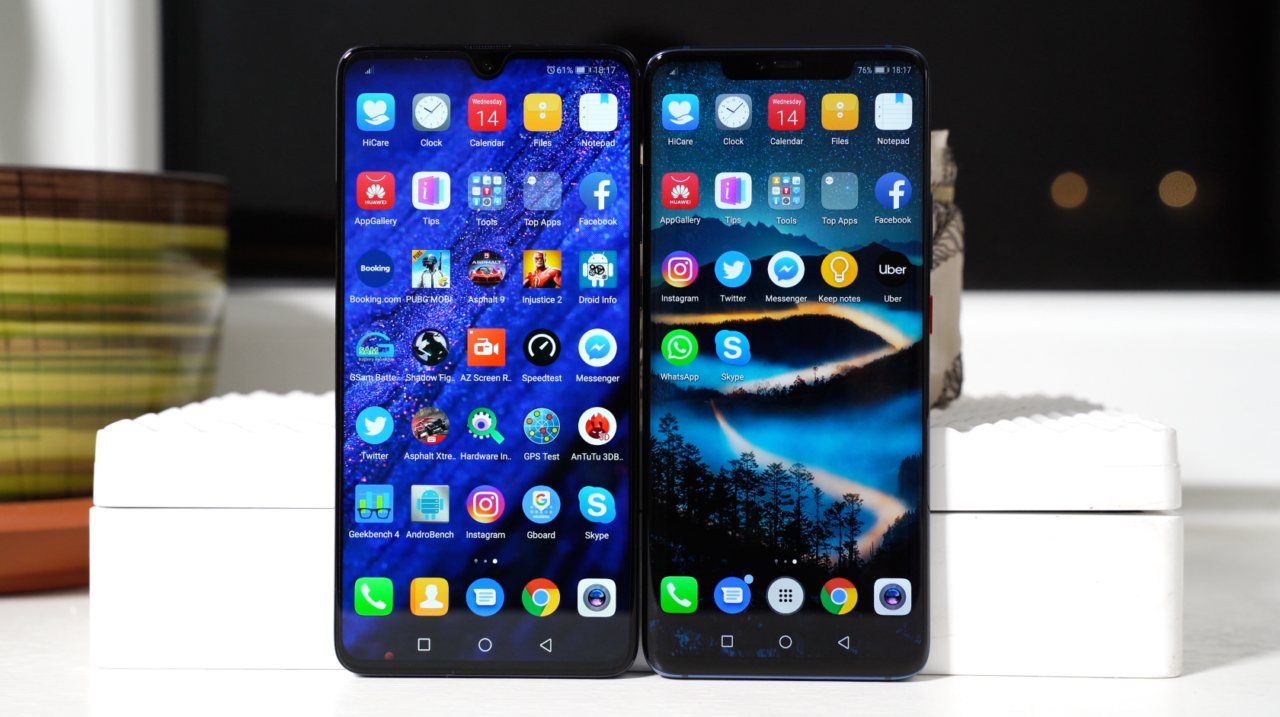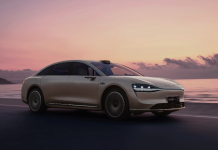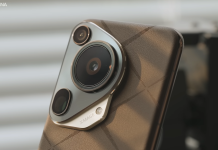It seems that everyone is talking about the Huawei Mate 20 Pro as it is one of the most complete smartphones of 2018. Well, we agree with that and we suggest you check out our detailed review of the Pro model. However, the Mate 20 is about $200 cheaper and it has most of the features of the Pro model but it also has a few flaws to consider.
In this review, I will take a look at all the pros and cons of this device after using the phone for one month. I will also take a look at the similarities and key differences to the Mate 20 Pro, so you can make a better buying decision if you are interested in any of these phones. Learn more in our full Huawei Mate 20 review.
VIDEO REVIEW
UNBOXING
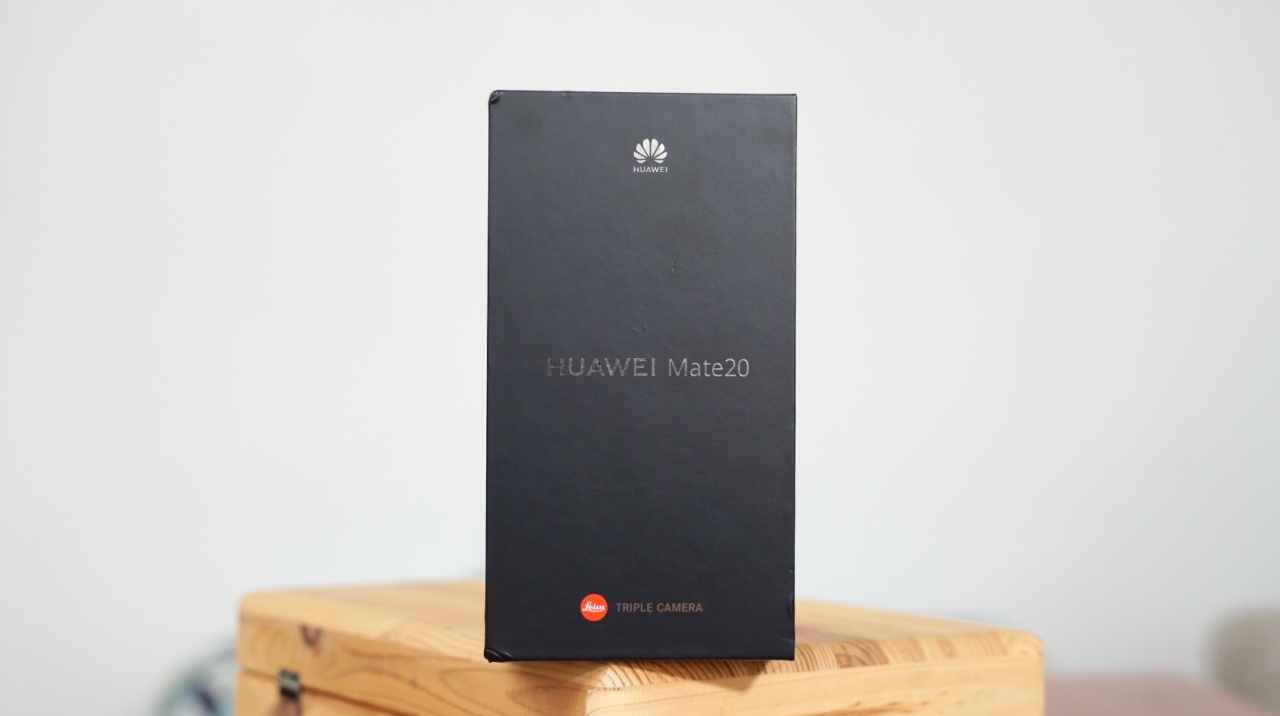
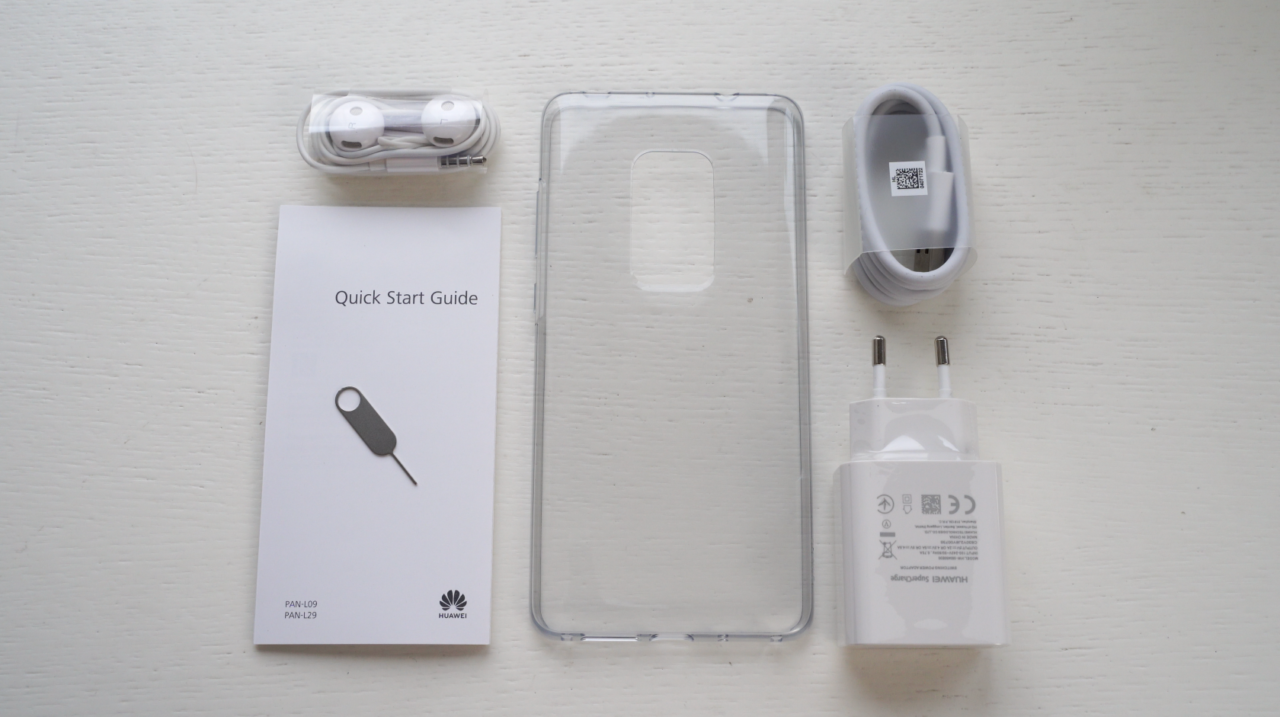
Inside the packaging, you get all the usual items and some extras include a pair of earphones. In addition, my phone shipped with a soft TPU case but the inclusion of this accessory depends on the region or market.
DESIGN and DISPLAY
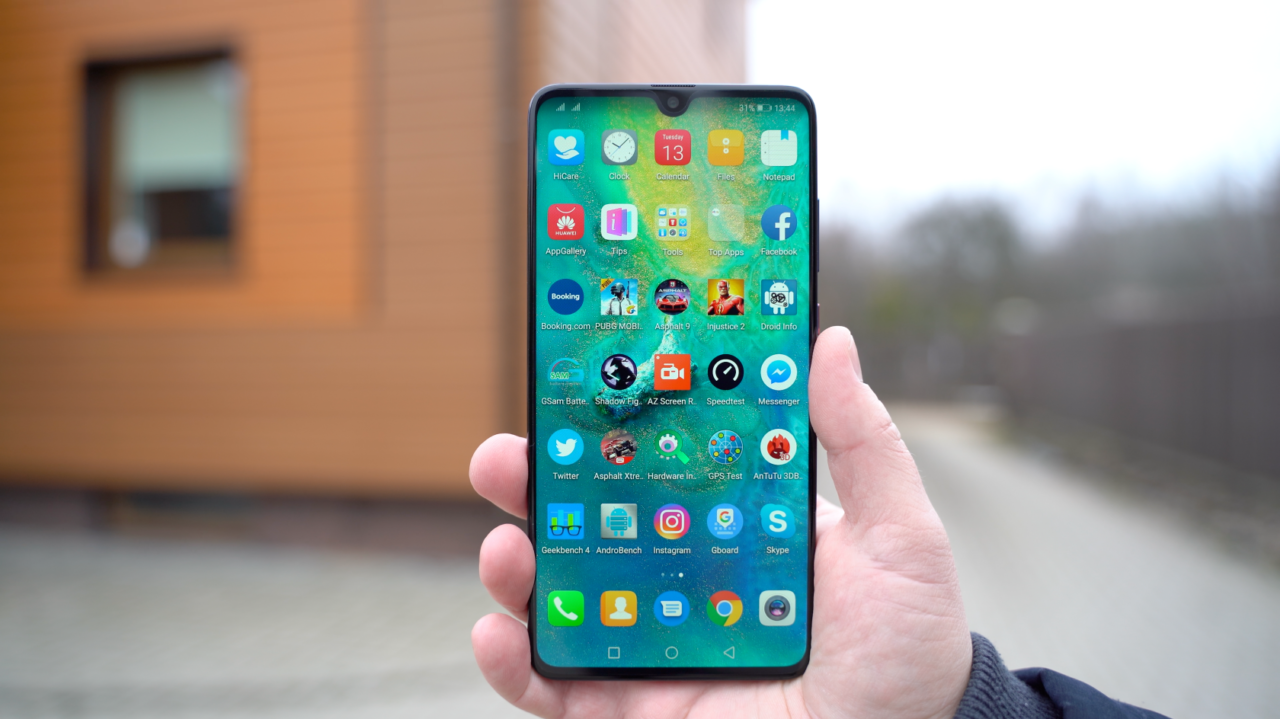
I’ve been using the Mate 20 Pro since the official launch and I have to tell you that Mate 20 is similar in a lot of ways.
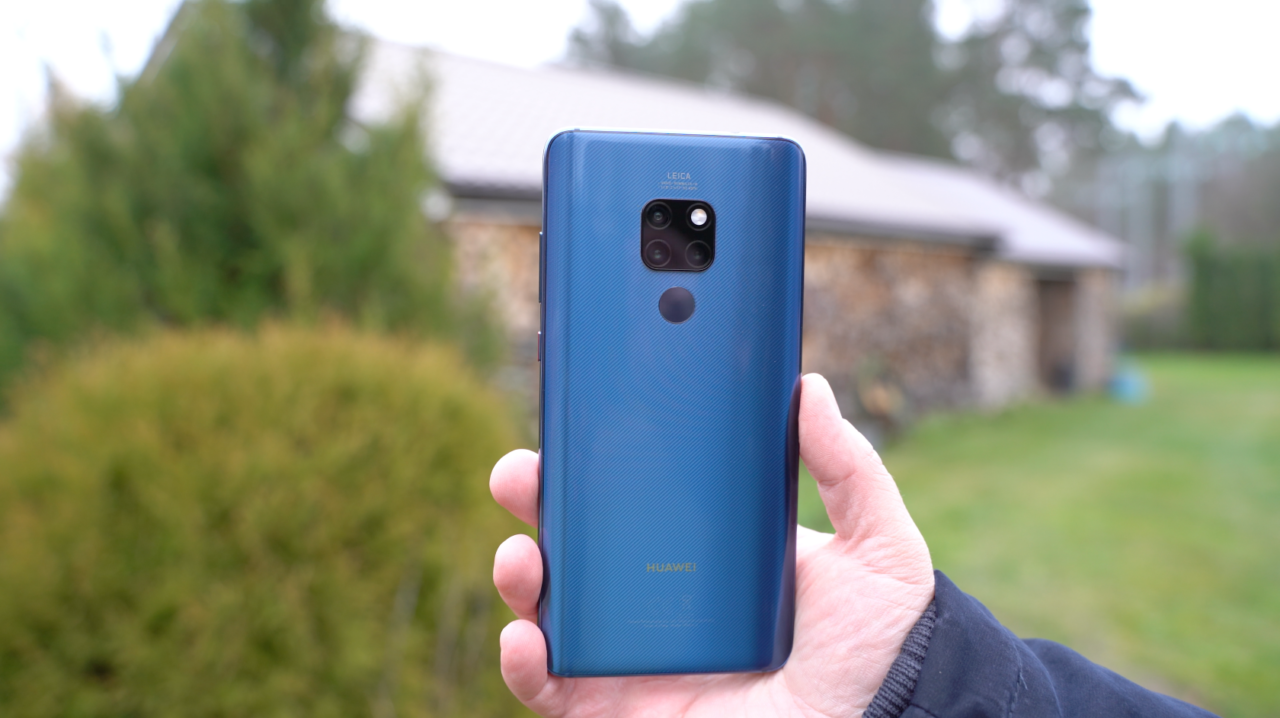
It’s made of glass and aluminum, the blue color option has a nice textured finish and a special coating that does not attract fingerprints and smudges so easily like conventional glass.
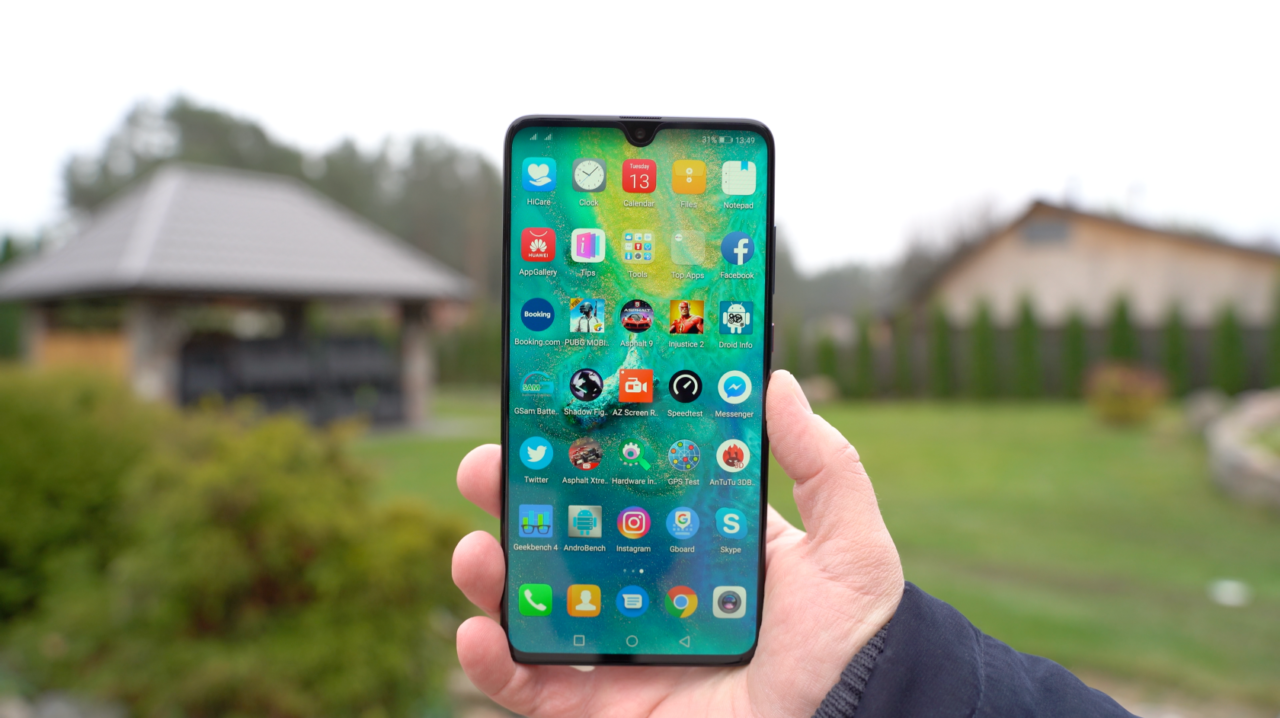
Just like the Mate 20 Pro, the Mate 20 is sturdy and well-made and I’m yet to see any scratches on it after using the phone for quite some time.
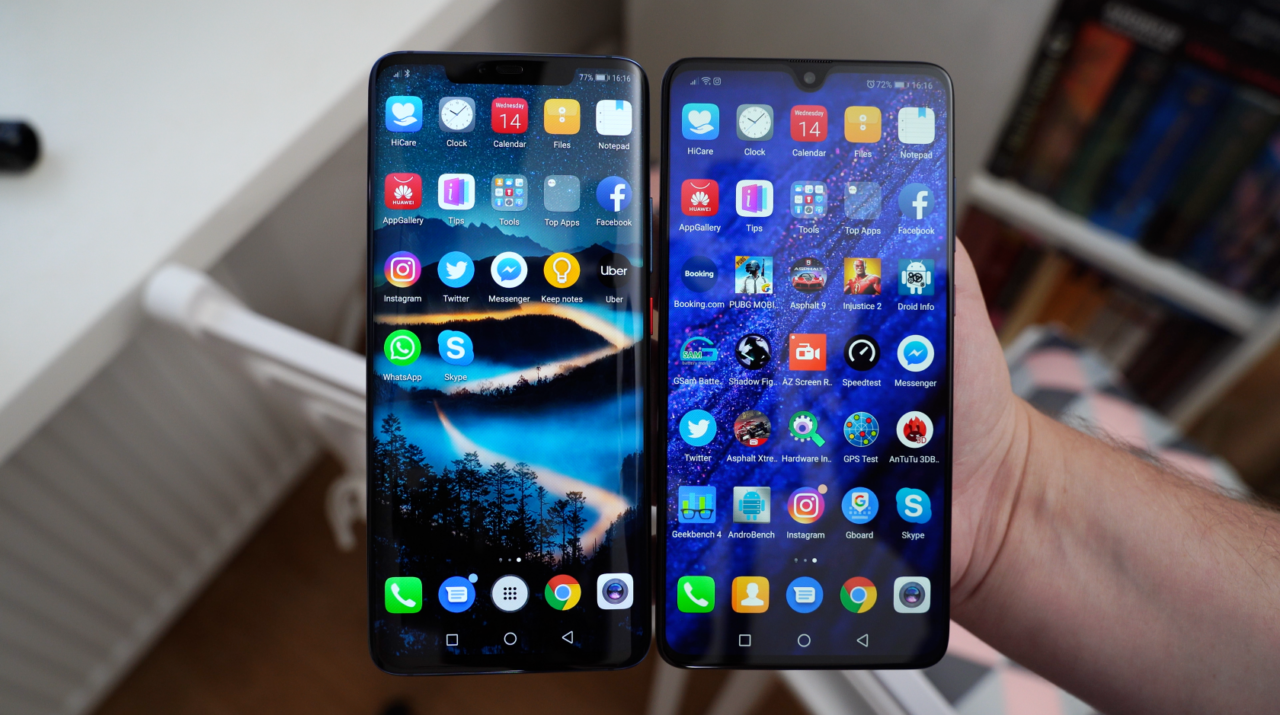
The main difference between the Mate 20 and the Pro is the feeling in the hand. The Mate 20 is significantly wider than the Pro model due to a larger display that also has a slightly different aspect ratio.
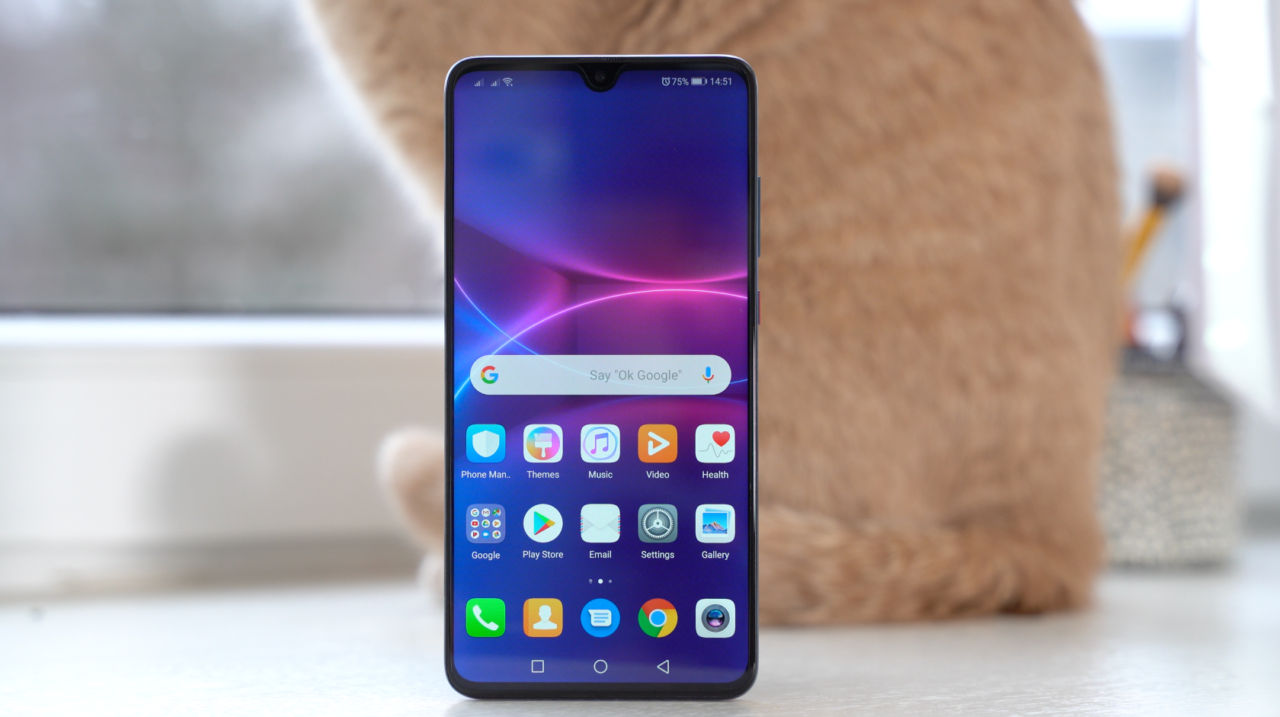
That display (6.53″, 1080 x 2244) uses IPS LCD technology as opposed to AMOLED screen found on the Mate 20 Pro. On the other hand, the panel is really nice and sharp, colors are vibrant and I had no issues seeing the display outdoors. By the way, the Mate 20 has a significantly smaller notch as opposed to the Mate 20 Pro.
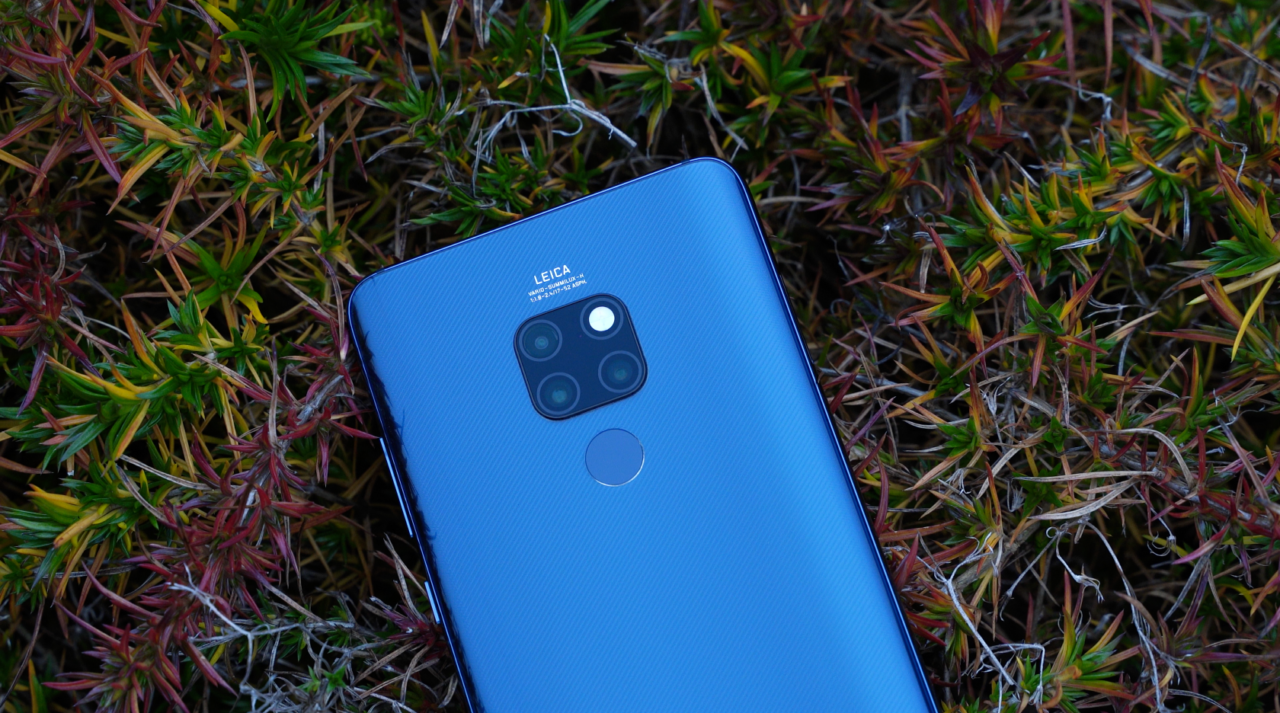
The Mate 20 has a slimmed down triple camera setup that is made in collaboration with Leica. The setup consists of 12 MP, f/1.8, 27mm (wide) sensor, 16 MP, f/2.2, 17mm (ultrawide) and 8 MP, f/2.4, 52mm (telephoto) camera.
We also have a super-fast and accurate fingerprint reader which is implemented on the back whereas the Mate 20 Pro has the scanner implemented under the display.
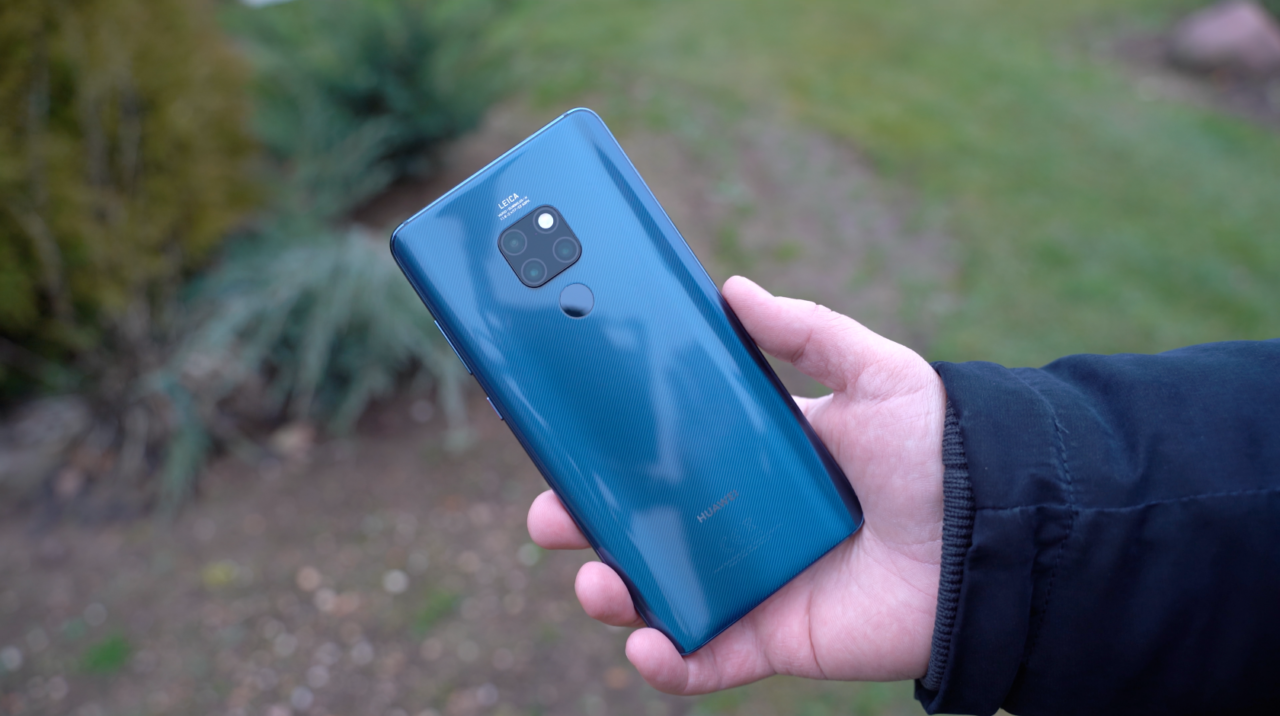
The face recognition works quite well on the Mate 20. However, it’s less accurate than on the Mate 20 Pro which has an excellent face scanner.
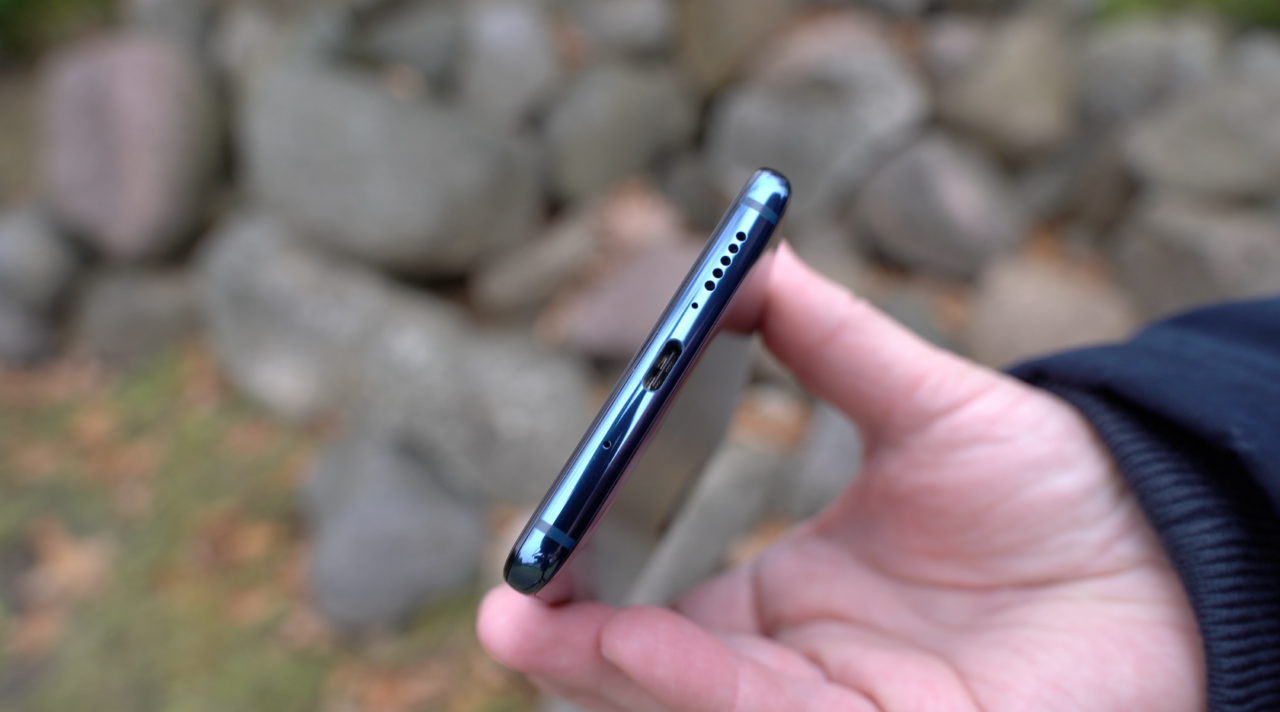
Other features include a headphone jack that provides very good sound quality, IR blaster, a hybrid dual SIM card slot and IP53 certification, meaning that the phone is splashproof and dust resistant. In comparison, the Mate 20 Pro has a higher IP68 rating. Finally, the Mate 20 has a dual speakers’ system that produces balanced and rich audio.
HARDWARE and PERFORMANCE
[envira-gallery id=”223383″]The device ships with the HiSilicon Kirin 980 CPU, 4/6 GB RAM and 128GB of internal storage.
Great specifications of the Mate 20 assure excellent gaming performance. In fact, the new Mate series phones are the first Android devices that use a 7nm CPU.
I played quite a few 3D games on the highest graphics settings to push the hardware to its limits and there was no stutter, no lag and the graphics looked nice.
In addition, the phone does not get hot even after 30 mins of gaming. Overall, you get a flagship-grade gaming performance, just like with the Mate 20 Pro.
USER INTERFACE
[envira-gallery id=”223391″]Just like the Pro model, the Mate 20 ships with the EMUI 9 which is based on Android 9.
As usual to Huawei phones, there are tons of features, tweaks, settings, navigation methods and customization options to play with. Just to name a few, I like changing the transitions effects, themes and I use a few smart features like knocking on the screen to take a screenshot. My favorite way of navigating through the UI is using gestures. I found it really convenient for one hand use and it takes just a moment to get used to it.
Just like the Mate 20 Pro, the Mate 20 is a super fast and smooth phone and I can assure that after using both devices for a long time on a daily basis. No matter what you do with the phone, no matter how many apps you are going to install, the new Mates just fly and I’m yet to see either phone stutter or lag.
IMAGE QUALITY
[envira-gallery id=”223416″]I have to mention that I tested the camera on a dark and cloudy autumn day, meaning that the lighting conditions were pretty bad.
The overall image quality using the Leica-branded camera system is very good. You have the flexibility to choose between 2x optical zoom or use a wide-angle lens which is probably my favorite. Pictures usually come nice and detailed and the colors are quite accurate.
I compared the quality to the Mate 20 Pro and the difference is negligible but the latter phone usually takes pictures with warmer colors and a bit more detail. Again, you won’t be able to see a huge difference most of the time. On the other hand, the Mate 20 Pro has an advantage as it offers 3x optical and 5x hybrid zoom whereas the Mate 20 has only 2x zoom.
[envira-gallery id=”223447″]Low-light image quality is very good either if you take them using auto or a dedicated night mode. Just like the Mate 20 Pro, Mate 20 allows you to take long exposure shots without a tripod and the results are simply amazing. This is arguably the best night image quality I’ve seen on any smartphone.
[envira-gallery id=”223459″]Portrait shots usually look really nice as the object or subject is nicely separated from the background with almost no artifacts and the bokeh looks creamy.
[envira-gallery id=”223569″]Selfies look nice. They are sharp, detailed and the colors are quite accurate. Selfie portrait shots look nice too as there no severe artifacts around the subject and pictures will look nice on social media.
Just like on the Pro model, the 4k video has quite a lot of detail and sharpness. However, there is some jello effect going on when you are panning the phone, which is quite frustrating.
On the other hand, the 1080p footage is nice and smooth.
1080p selfie video looks great as it is smooth and stable. Finally, the sound recording quality is good.
BATTERY LIFE
The battery life has been fantastic. On average, I was able to get over 8 hours of screen on time while using the phone quite intensively. My record screen-on time was 12 hours when I used the device just for the basic stuff like web browsing and social media.
The phone ships with the regular fast charger which fully charges the phone in about 1 hour and 10 mins. In comparison, the Mate 20 Pro ships with a 40W super fast charger that charges the phone in less than 1 hour.
CONNECTIVITY
The Mate 20 offers ultra-fast 4.5G network speeds, excellent signal reception, great call quality, super fast Wifi, and dual-frequency GPS that I found to be very accurate for both driving and walking. Also, there is NFC and plenty of sensors on board.
CONCLUSIONS
The Huawei Mate 20 is a solid flagship smartphone for a lot of reasons. Let’s summarize the pros and cons.
I love the design, excellent build, great display, superb all-around performance, very good cameras, and solid battery life.
The main shortcomings are that there is the so-called jello effect in 4K video recording mode, there is no wireless charging and the water and dust resistance rating could be higher.
At the end of the day, the Mate 20 is a great and cheaper alternative to the Mate 20 Pro as it has a ton of premium features. After using the Mate 20 for quite some time, I think that it is a very solid flagship smartphone overall, despite a few shortcomings.
Huawei Mate 20 at Giztop Huawei Mate 20 at Banggood Black Friday Deals at Gearbest
